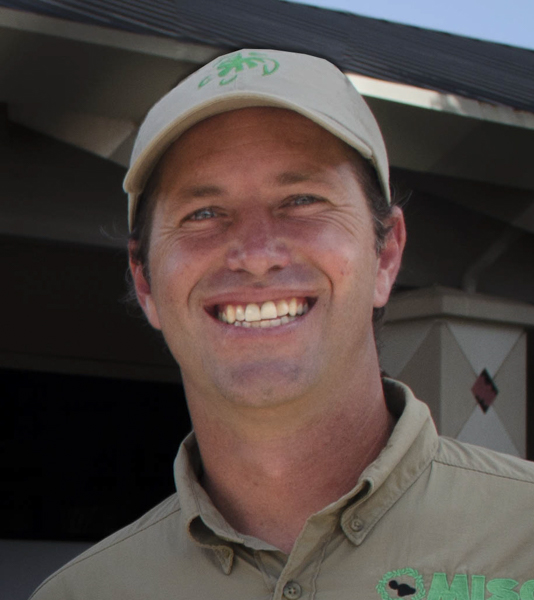The Maui Invasive Species Committee (MISC) announced the hire of new manager Adam Radford, who assumes the helm on July 1. Radford has been with MISC since 2005, serving as its operations manager since 2010. He earned his undergraduate degree at UH Manoa and a master’s in natural resource management from California State University at Chico. Radford was a Ka Ipu Kukui fellow in 2013 and chaired the Maui Conservation Alliance during its recent strategic planning initiative. He will oversee all field and outreach activities for Maui and provide administrative oversight for the Molokai Invasive Species Committee, while working to ensure financial support for the projects.

Teya Penniman is taking a new position focused on special projects and developing a private donor program for MISC and other conservation projects.
MISC Chair Lloyd Loope says Radford brings a unique breadth of skills and expertise to the position. “Adam has real-world experience managing complex operations. He’s trained scores of conservation workers in safe rappelling techniques and developed successful approaches to some of Maui’s most challenging invasive species problems. He’s recognized as a conservation leader both locally and statewide and was tapped to develop an invasive species inventory strategy for the Republic of Palau’s protected area network.” Loope also highlighted Radford’s experience with grant writing and public speaking.
Radford replaces outgoing manager Teya Penniman who has led MISC since 2002. During Penniman’s tenure, MISC grew from a staff of 11 to more than 30, while responding to new threats such as little fire ants. She has taken a new position focused on special projects and developing a private donor program for MISC and other conservation projects. Penniman also lauded Radford for his work. “Adam has been the architect behind our ground and air operations for more than a decade and is a respected leader
among field staff, partners, and the community. I couldn’t be more pleased to hand over the reins to someone of his caliber and dedication. It’s a new era for MISC.”
MISC is a project of the University of Hawaii’s Pacific Cooperative Studies Unit. Trained staff on Maui and Molokai work to protect the islands’ environment, economy, agriculture and quality of life from the most harmful invasive species. The project relies on public, private and nonprofit funding. Key funders include Maui County, Hawaii Invasive Species Council, National Park Service and U.S. Forest Service.



